Homemade lemongrass plant, planting and propagation, beneficial properties
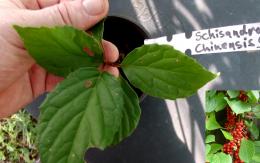
The houseplant Schisandra can be easily recognized by its characteristic subtle lemon aroma, from which it gets its name. In the wild, there are entire thickets that consist of lemongrass vines, one of the wild species of this plant.
Content:
- House plant lemongrass: description and photo
- Types of lemongrass
- Decorative indoor lemongrass - planting and care
- Methods for propagating indoor lemongrass
- Indoor flower with lemon scent: beneficial properties
House plant lemongrass: description and photo
Schisandra can often be found as a shrub form used for fencing a personal plot.
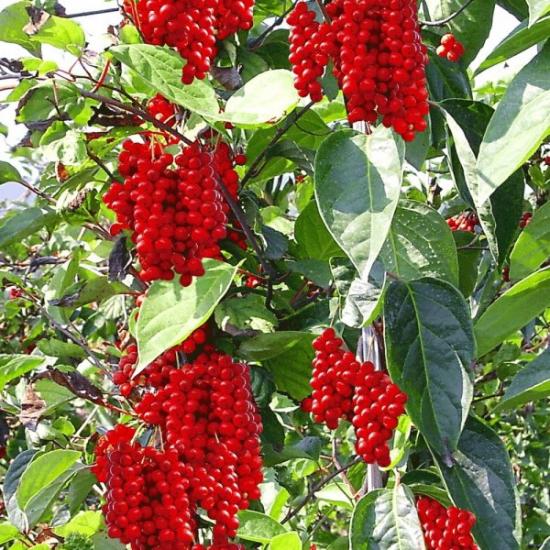
External features that can be seen in almost any photo on the Internet include:
- The stems are long with flaky bark and can reach 3 cm in width;
- The leaves are simple, large and fleshy, ovate in shape and dark green in color;
- The flowers are dioecious (with flowers of both sexes on different plants) or monoecious (with flowers of both sexes on the same plant). The color of the petals is white or pink;
- The garden-shaped fruits are round, rich red in color, somewhat reminiscent of currants. One berry often contains one or two seeds. They ripen in early autumn.
The garden form tolerates frost well. The year of fruiting alternates with a year of absence of berries, which are widely used in medicine.
Types of lemongrass
In total, modern botany numbers from fourteen to twenty-five species.
However, two types of lemongrass are most often used:
- Chinese, or Far Eastern - perennial tree-like vine, which can grow up to 15 m in length. The bark of a young vine is distinguished by a yellow tint, which changes to brown with age. The root is cord-shaped, with a large number of subordinate appendages. Traditionally, lemongrass can be seen in the Far East, along the rivers of the Amur and Sakhalin regions;
- Crimean, or ironweed, is an endemic species that can only be found on the territory of the Crimean peninsula. Prefers warm, sunny slopes of rocky steppe areas and is found on limestone outcrops. Externally it is distinguished by elongated leaves that can grow up to 3 cm in length. It has a memorable lemon aroma, which is why its leaves are often used as tea infuser.
In addition to the Chinese and Crimean species, there are others, but these wild species are the most famous.
Decorative indoor lemongrass - planting and care
The decorative form is unpretentious. It easily takes root in a new place after planting.
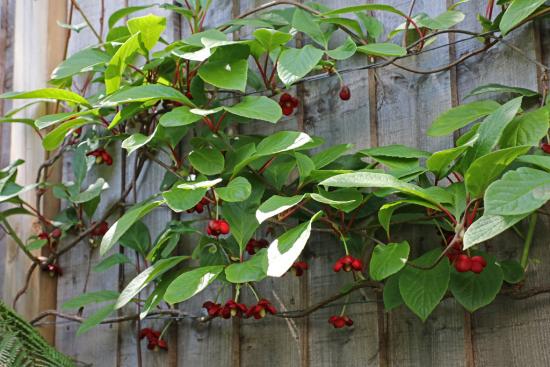
The basic landing rules include:
- Correct selection of container - the pot must have drainage holes. The size of the container should only be slightly larger than the size of the root;
- Before planting, be sure to pour a small amount of pebbles onto the bottom;
- Garden soil is not the best option for planting; it is recommended to purchase a special soil mixture;
- After the plant is planted, it should be watered abundantly and placed in a shaded, draft-free place.
- In order for the plant to take root well, it is important to follow the rules of care: systematically loosen the soil, be sure to spray it in the hot season, and make sure that the soil does not dry out during the first month.
Let's watch a video about growing lemongrass:
Methods for propagating indoor lemongrass
There are three ways to propagate indoor lemongrass, which differ in level of difficulty.
| From seeds | It is best to sow before winter, or at least in spring. To do this, it is recommended to prepare a seedling soil mixture in advance, into which the seeds are planted to a depth of 0.5 cm. Cover the top with paper and water daily. The first shoots should be expected in the second week. It is important to provide seedlings with protection from direct sunlight and treat them several times with a light solution of potassium permanganate. After the formation of the third leaf, you can transplant the seedlings into a new container. |
| From cuttings | The top parts of young stems are best suited; it is recommended to cut them in mid-summer. It is recommended to place the cut cuttings in a growth stimulator (Kornevin) to activate root growth. After a few days, the cuttings are planted in pre-moistened sand, covered with film or cut bottles |
| From root suckers | For this purpose, offspring that are as distant as possible from the mother plant are suitable. They are dug up and planted in pre-prepared containers with soil mixture. At the same time, it is important to do everything as quickly as possible; under no circumstances should the offspring be stored in the air for a long time, this can negatively affect the condition of the root system and lead to its death.During the first month, young seedlings need abundant watering and protection from direct sunlight, which can dry out the soil and leaves. |
When preparing a soil mixture for planting seedlings, it is important to consider that ordinary garden soil is not suitable for this plant.
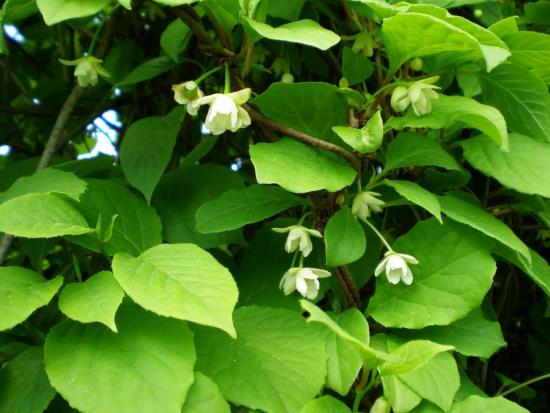
Since its homeland is a different climate zone with appropriate soils, it is better to purchase a special substrate that will best suit the needs of Schisandra.
Indoor flower with lemon scent: beneficial properties
In addition to aesthetic pleasure, lemongrass brings other benefits.
So, this plant contains:
- A number of organic acids, refreshing substances, vitamins C and E, sugar;
- Macro- and microelements such as cobalt, zinc, magnesium, copper, iron, manganese, aluminum and calcium, which are concentrated in leaf blades;
- Biologically active substances - schisardrin and schisandrol;
- Fatty oils that are present in the seeds.
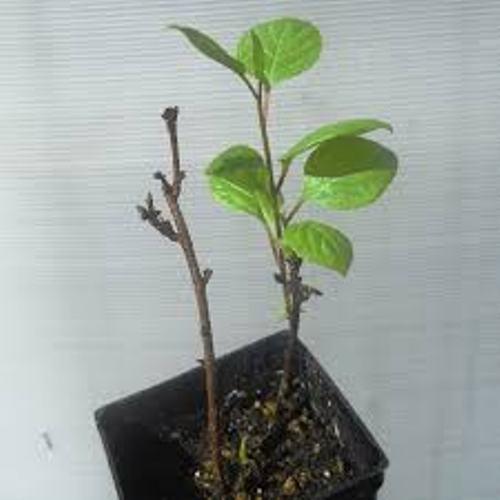
The greatest value for modern medicine are the biologically active substances that are present in the plant. Their main advantage is a beneficial effect on the activity of the liver and stimulation of the functioning of the cardiovascular and nervous systems.
To replenish the daily requirement of these elements, it is enough to consume 50 g of berries.
As early as the fifth century BC, the refreshing effect of the fruits of the Chinese species was known. Due to this feature, lemongrass is often recommended for severe physical or mental stress, and for prolonged depression as a stimulant drug.
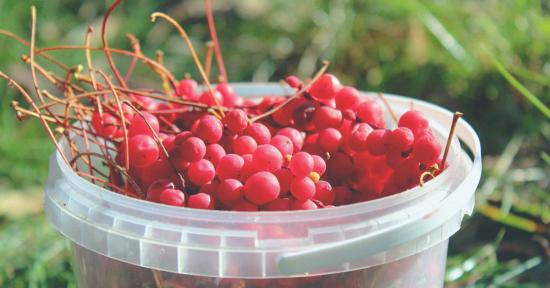
Due to their beneficial effects on the cardiovascular system, berries and seeds are often used for the treatment and prevention of anemia, hypertension, cardiac neurosis and nephritis.
A decoction of berries is used to normalize tissue respiration processes and lower the concentration of sugar in the bloodstream.
It is also used to prevent acute respiratory diseases, influenza, and reduce glycogen levels in the liver.
Used as a tincture:
- Mix 20 g of berries, 10 g of mashed seeds and pour in 100 ml of vodka;
- Close the resulting mixture tightly and transfer it to a cool, dark place for a week and a half;
- After the tincture is ready, filter it and drink 25-30 drops before meals.
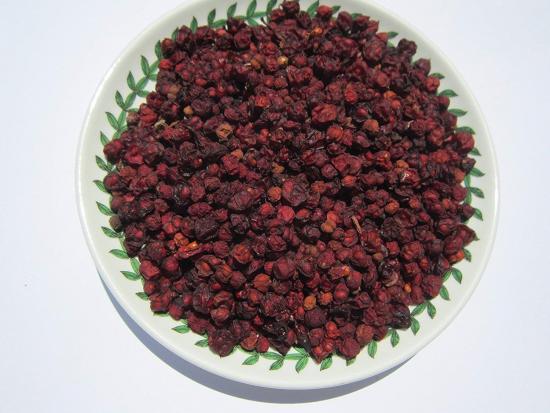
Due to the richness of its composition, this plant is used in both traditional and alternative medicine. In addition, lemongrass extract can be found in cosmetic products; it is often added to masks to achieve a refreshing effect.
Schisandra is a houseplant that can be found both in the house and in the garden. It has a subtle lemon aroma, which is why it got its name. Due to the richness of its composition, it is widely used in medicine and used in cosmetology.
Learn more about the healing properties of the plant in the video:

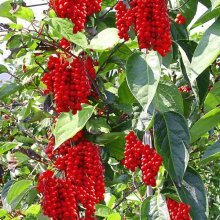
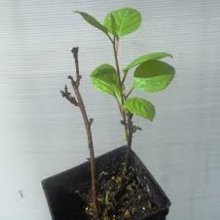
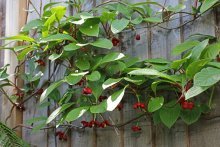
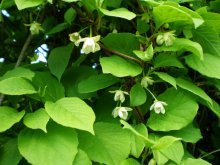
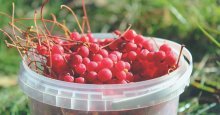
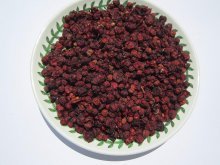

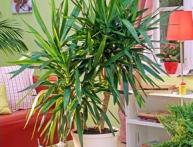
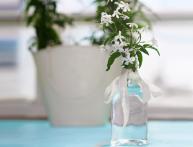
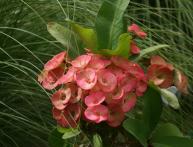

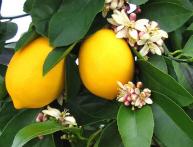
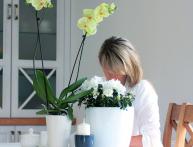
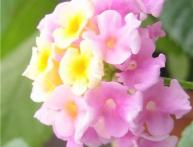
Comments
A familiar plant, it grew in my house for some time, but then somehow suddenly began to wither and died. I suspect that there are some pests on it, but I didn’t detect them visually. The aroma of the leaves is really very pleasant.
I heard that this plant is considered masculine, since the berries effectively cure impotence. But not just berries in combination with other herbs: elecampane, oregano and St. John's wort.